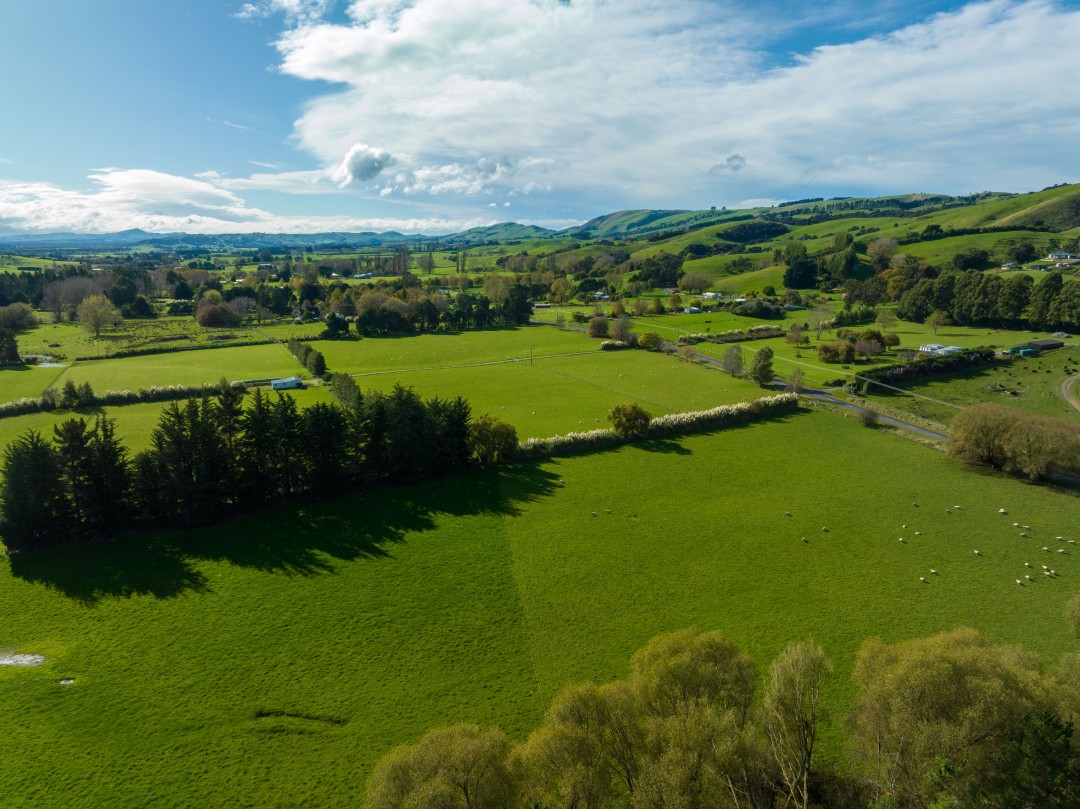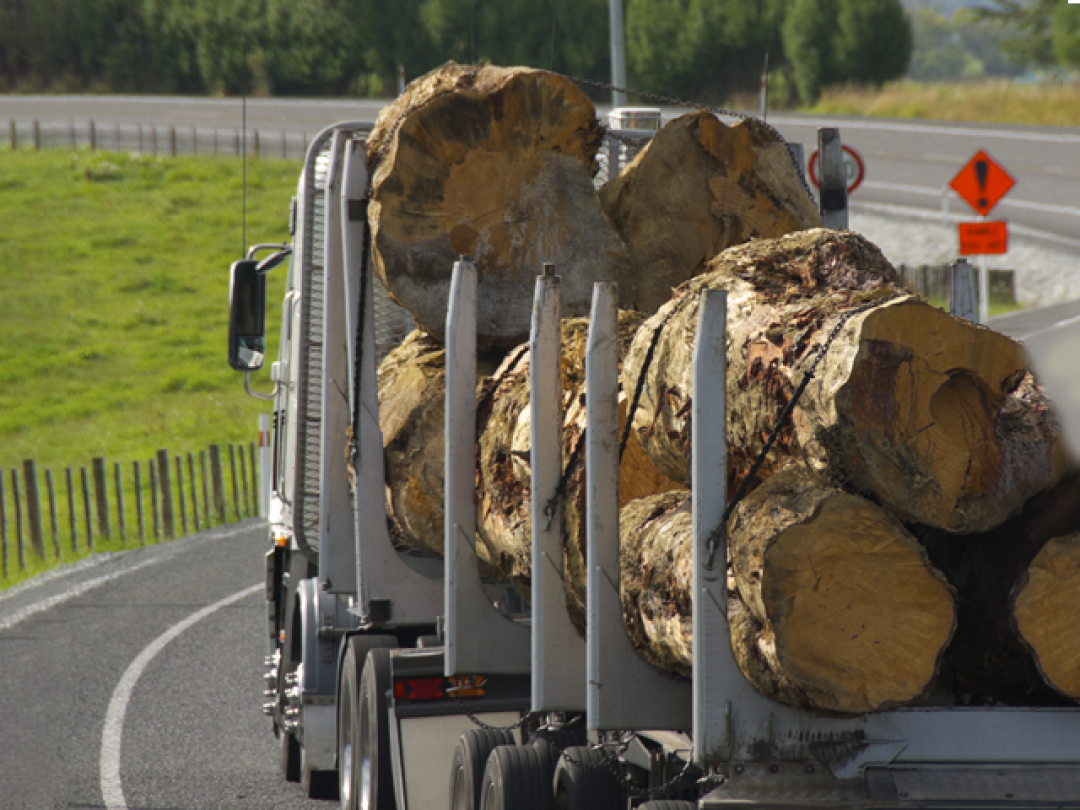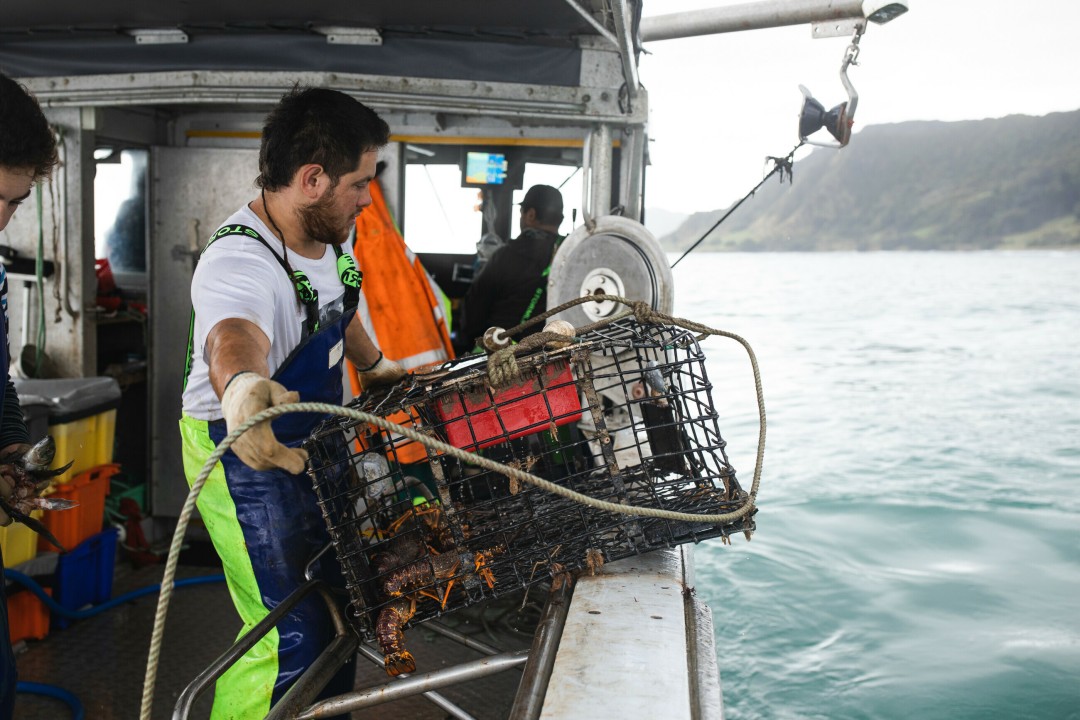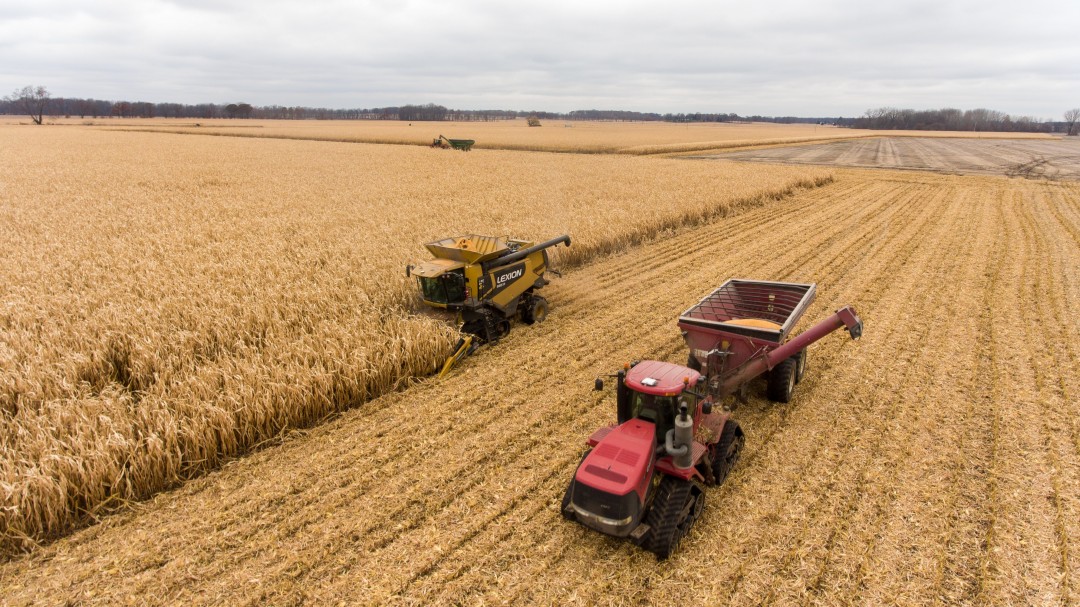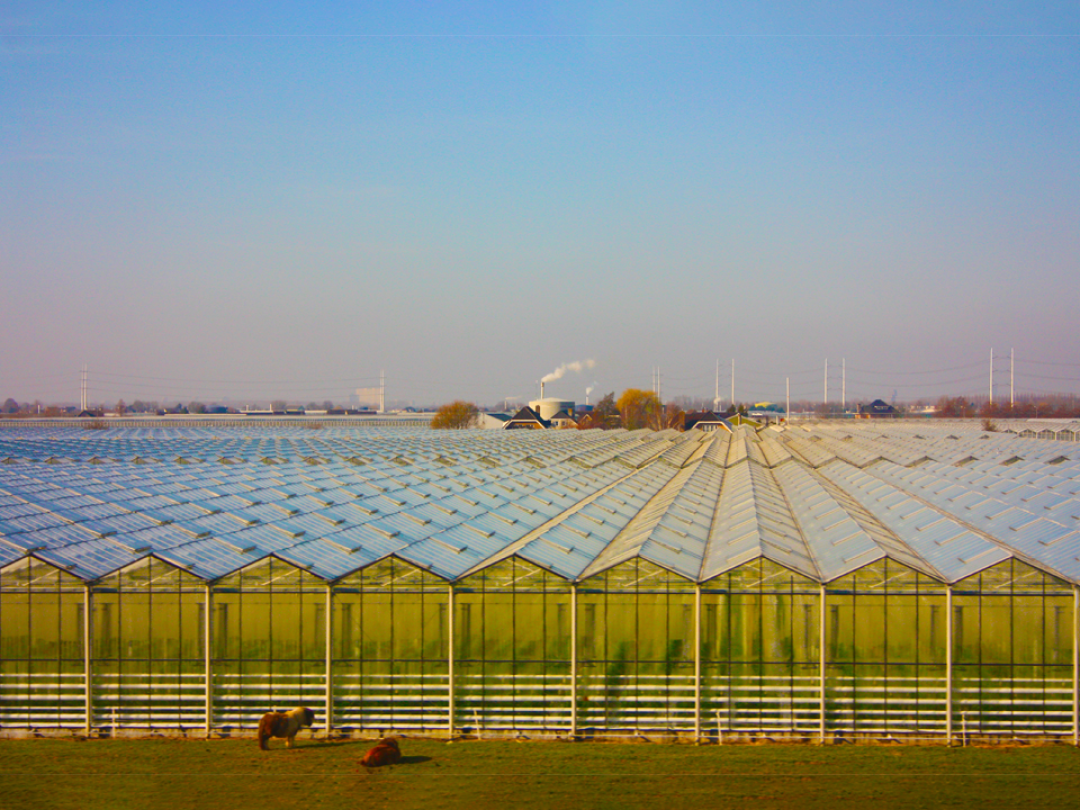Kia whakamānawatia a Ranginui e tū iho nei, a Papatūānuku e takoto ake nei me ā rāua uri e whakamarumaru nei i a tātou.
Ko ngā hua ēnei o rātou mā ka ahu mai i te rangi, ka whano mai i te whenua, ka tākiri mai i ngā wai, ka pupuhi mai i ngā hau me te taiao e ora nei tātou.
E tika ana kia mihia rātou mā, ngā atua māori e noho nei hei kaiwhakamarumaru i ngā wai me ngā whenua taurikura puta noa i Aotearoa.
Kia kī ake i konei - Toitū te whenua, whatungarongaro te tangata!
Tīhei Mauriora!

